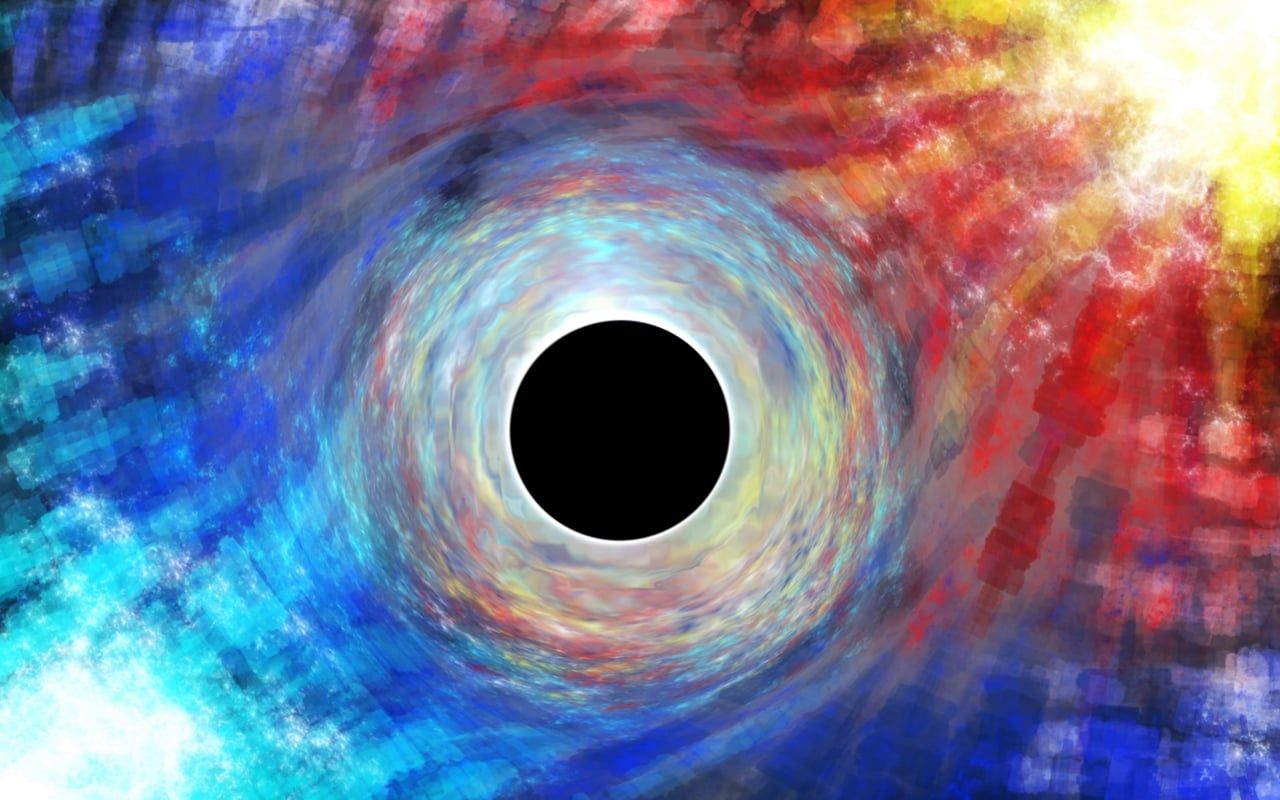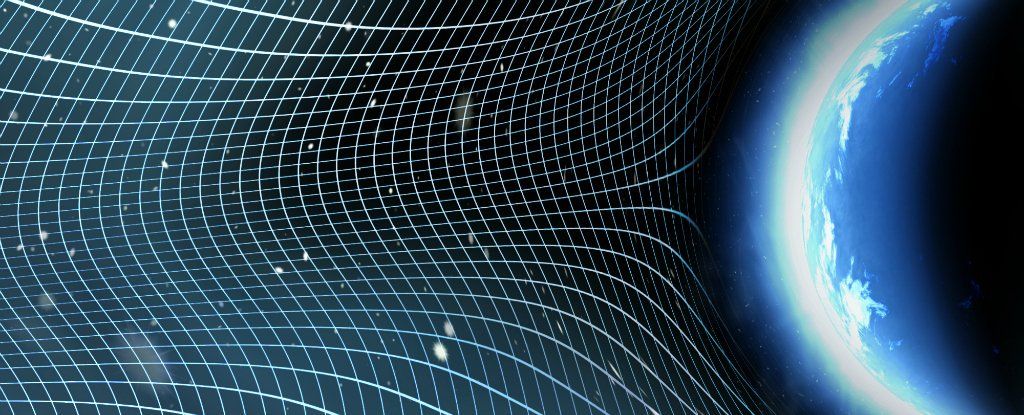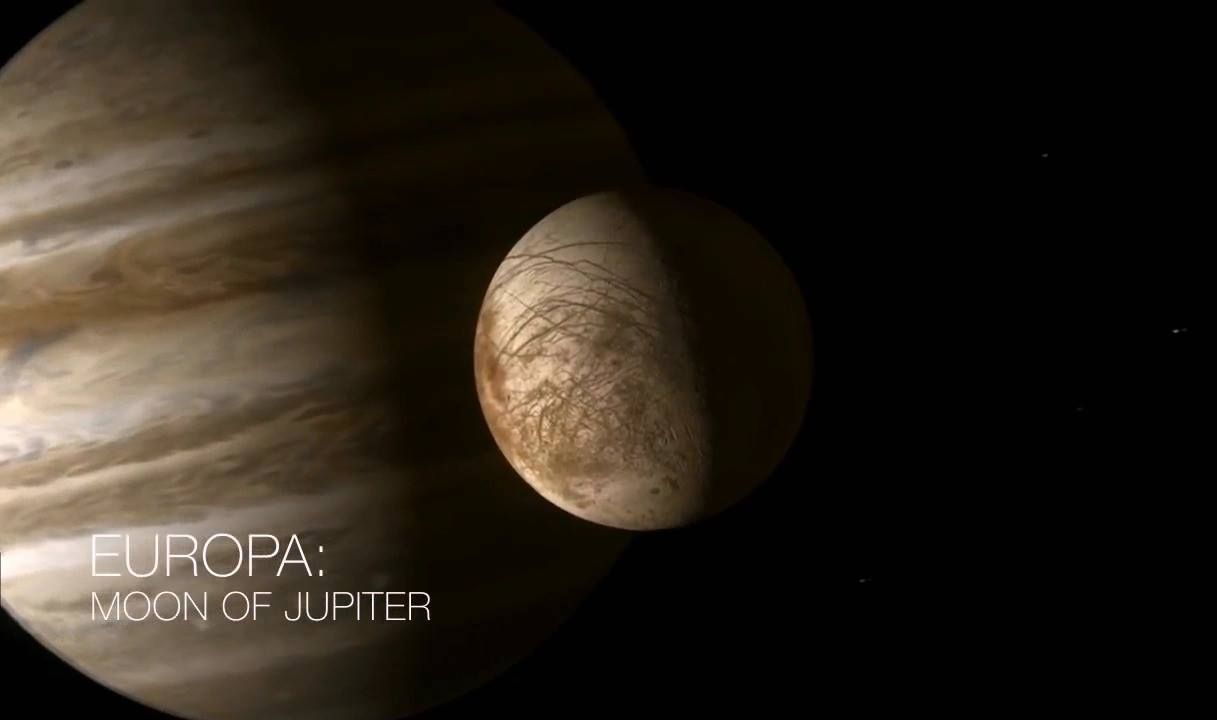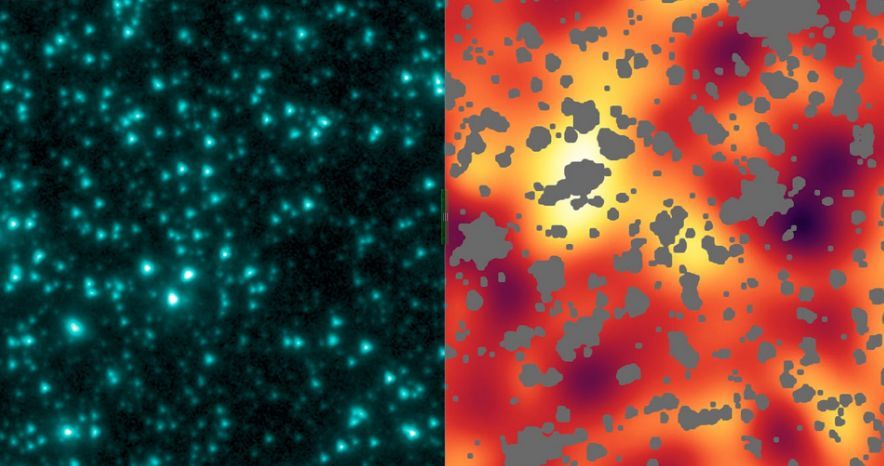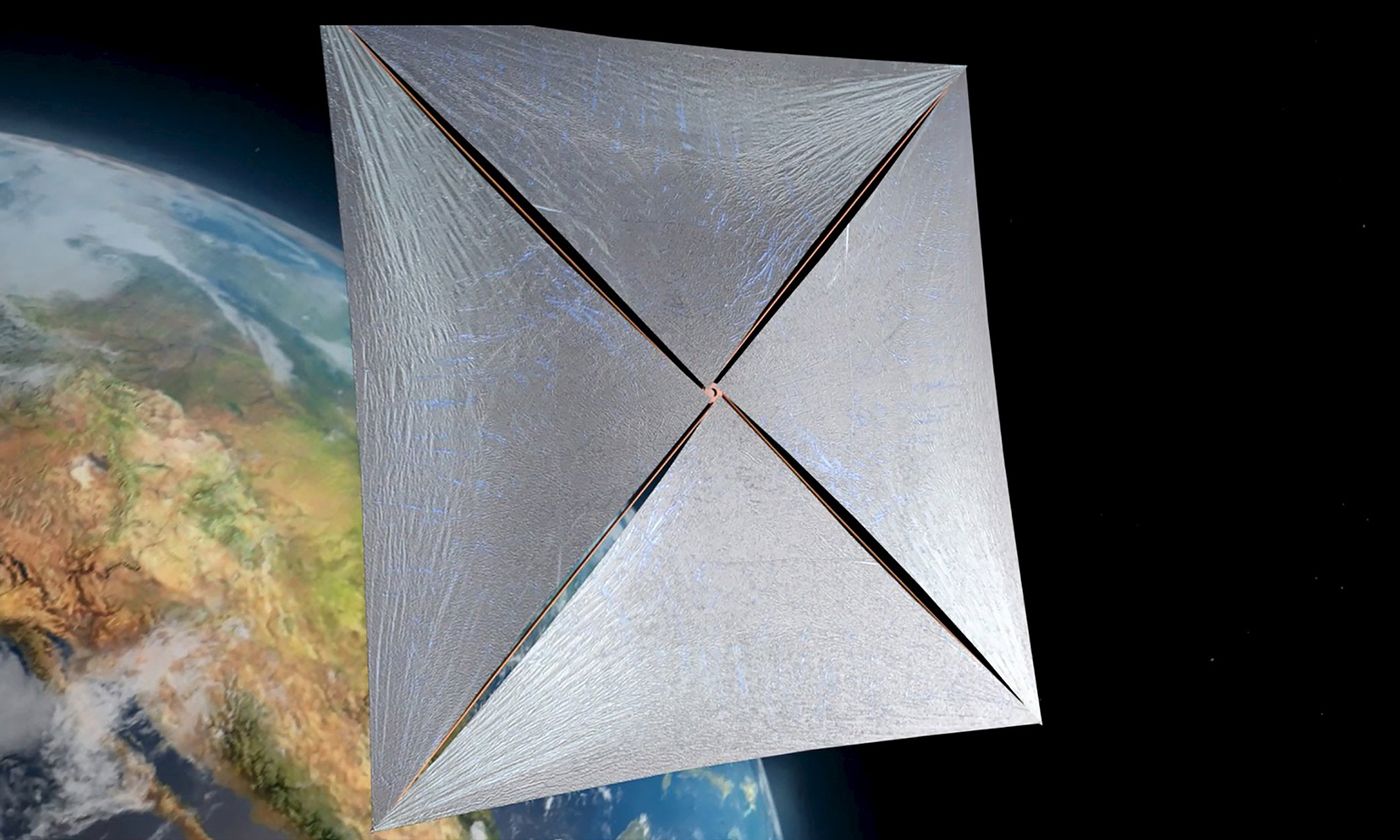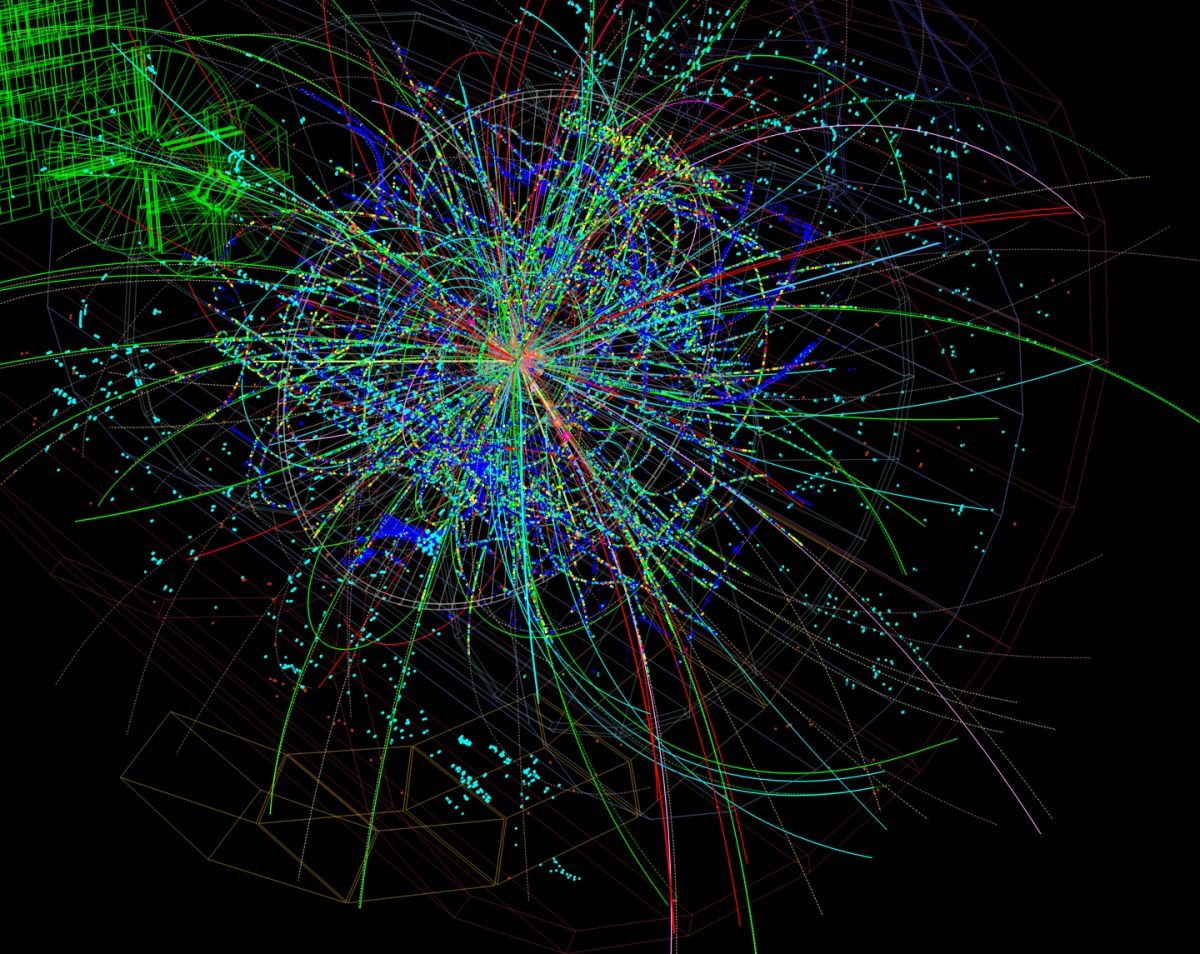May 27, 2016
Dark Matter + Black Hole = Wormhole?
Posted by Andreas Matt in categories: cosmology, particle physics
According to a paper posted to the arXiv pre-print server last week, the difference between an everyday supermassive black hole and a space-time tunneling wormhole may be a lacing of dark matter. While it sounds like crank fodder of the sort that not infrequently winds up on arXiv, the idea may hold actual water.
The theory pertains to one particular proposed form of dark matter known as axionic dark matter. Axions, a hypothesized fundamental particle of matter relating to the strong nuclear force, aren’t the only proposed candidate for dark matter, but as searches for WIMPs (weakly-interacting massive particles)—far and away the favored proposed particle comprising dark matter—come up empty, axionic dark matter has become a more and more plausible scenario. As theorized, dark matter axions would permeate the universe as an energetic condensate, interacting only very weakly via the electromagnetic force and existing as a kind of ghostly cosmic foam.
Crucially, while individual axions would be very light, they would together make up enough mass to account for the dark matter halos that form the gravitational scaffolding of galaxies. Axions are currently being hunted for via experiments involving giant Earth-based mirrors.
